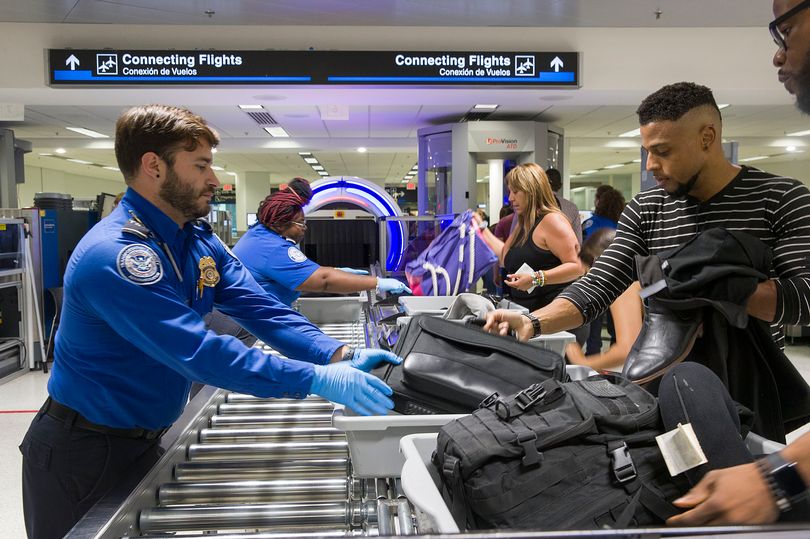
The TSA has implemented new scanners called Analogic devices, created to offer improved image details. items inside carry-on baggage.
These devices, introduced during the last couple of summers to manage the high volume of travelers, were meant to provide a comprehensive assessment without requiring movement. The items inside the personal item , potentially accelerating the review process for both employees and travelers.
Nevertheless, reports indicate that this has not been the situation. Travelers have turned to social media platforms to express their experiences. voice their complaints Regarding the absence of enhancements provided by these devices, a frustrated passenger commented on X: "At Dulles Airport, TSA has this ridiculous new gadget known as the 'Analogic' X-ray scanner—which, incidentally, is indeed its actual name—and it’s just as problematic here as it was at Hartsfield-Jackson Atlanta International Airport."
READ MORE: Americans rushing to check bank accounts as $2,600 IRS refunds land this week
Even with these criticisms, a representative from the TSA supported the devices during Analogic’s initiative, saying, “The equipment offers considerable benefits for screenings and significantly enhances efficiency at checkpoints, notably in regular lanes where travelers aren’t required to take out their laptops or liquid items.”

Nevertheless, the TSA admitted that the equipment was originally less efficient when processing each passenger individually. A TSA representative stated, "There is an inherent 'break-in' phase where both travelers and TSA personnel require time to get proficient with new technology."
Airports primarily rely on CT scanners for examining baggage as they can penetrate suitcases and create comprehensive visuals of their contents. Nonetheless, these scanning devices typically remain fixed, offering just two-dimensional representations viewed from one particular perspective.
This can make it difficult to distinguish between items, particularly when bags hold different electronic gadgets—thus, travelers are instructed to take out things like laptops at security checks. Due to the constraints of present airport X-ray technology, items such as liquids and laptops have to be removed from luggage at these inspection points.
The introduction of 3D imaging technology was expected to lead to the removal of the 3-1-1 liquid restrictions at TSA checkpoints, allowing travelers to carry liquids in containers larger than three ounces as long as they fit into a standardized clear plastic pouch.
Even though it’s essential, this considerably worsens the traveler’s experience. A previous IATA study indicated that removing personal belongings and larger electronic devices were the primary sources of frustration for passengers, leading to discontent. In response, the TSA recognized that implementing faster procedures via CT scanners might help improve travelers’ passage through security checkpoints.
"Many individuals believe that packing additional items into their carry-on bags would result in shorter wait times for passengers at the security checkpoint," noted Sheldon Howard Jacobson, a computer science professor, commenting on situations where airports integrate newer AT scanners with older CT scanners.
She went on to say, "Nonetheless, if the CT scanner operates at a slower pace, the advantage of saved time is offset when the officer takes extra moments to read and interpret the display. Essentially, time isn’t created or conserved; it simply shifts contexts."


0 Comments